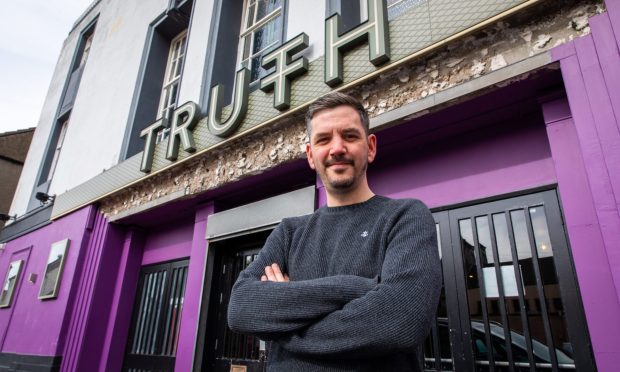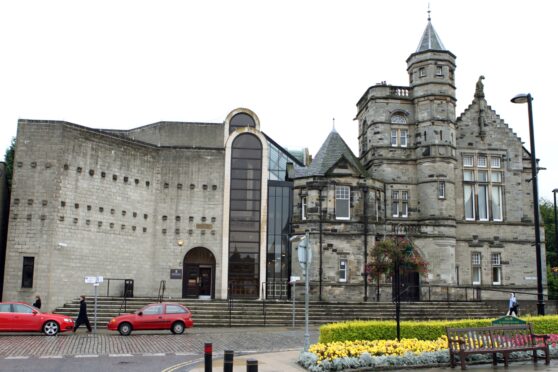A well-known Fife obstetrician’s labour of love has been unveiled at a major event in London.
Dr Graeme Tydeman spent 18 months creating a blood clock, an art installation which aims to raise awareness of the worldwide problem of severe haemorrhage after childbirth.
The NHS Fife consultant, who is renowned for his artistic creations and medical inventions, said the blood clock illustrated the scale and urgency of the problem.
Worldwide, a woman dies every six minutes from severe blood loss after childbirth.
A new research study, the WOMAN trial, has shown deaths can be cut by a third by administering an inexpensive drug called tranexamic acid within three hours.
The two-metre high blood clock is made from brass and acrylic and, powered by fake blood, it operates in real time.
As the clock hand moves forward six minutes, it notes the number of women who have died from severe haemorrhage.
Dr Tydeman used a number of subtle references to childbirth, the issue of severe bleeding and the role of tranexamic acid in the clock’s design.
These include a traditional Japanese fountain mechanism to provide the energy for the movement of the clock’s hands as a nod to the development of tranexamic acid in Japan.
The clock mechanism came from an old church in Clerkenwell, close to the first UK maternity “lying in” hospital, and discarded baby cots from an old maternity hospital store the fake blood within the clock.
The installation was formally unveiled on Thursday at a special event at the London School of Hygiene and Tropical Medicine involving experts from around the world.
Dr Tydeman said: “Time is of the essence when dealing with severe haemorrhage and therefore the idea of a clock powered by fake blood seemed to me a good way to highlight the issue.
“The blood clock aims to be both beautiful and shocking and I hope that this will help to highlight the importance of early treatment and the research that has taken place.
“The more people hear about it the more doctors will pay attention and more lives will be saved.
“Perhaps it may contribute to further research in this area.”
This is not the first time Dr Tydeman’s artistic endeavours and medical inventions have been recognised.
Other work includes the development of an emergency caesarean simulator “Desperate Debra”, which won an innovation award at Gu’s and St Thomas’ NHS Foundation Trust awards.
The blood clock will remain on display until early next year.









